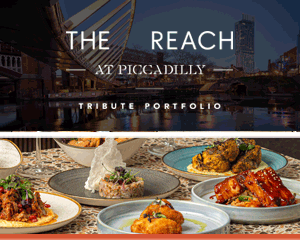SEFTON Park Residents Association have lost their bid to overturn a 365-days a year drinks licence covering all of Sefton Park.
Cecil Greenhill, who took the city council to court, was ordered to pay the council’s costs of £5,000.
The continuous licence means the council can stage events in the park for up to 39,999 people without the need to seek individual licences for each event. The residents claimed big events caused disruption and havoc to their lives.
After District Judge Miriam Shelvey announced her decision a spokesman for Liverpool Council said: “We’re pleased with the outcome. The overwhelming majority of local residents, businesses and visitors embraced the Liverpool International Music Festival with tens of thousands of people enjoying the world-class live music and soaking up the atmosphere.
"We will, of course, continue to work with local people to make sure that future events deliver maximum enjoyment with the least possible disruption.”
Could the public park become a private concern?
Will the court decision lead to more big events taking place in Sefton Park, bringing with it the ‘lock-down’ existence suffered by residents around Anfield and Goodison Park on matchdays?
Maybe not - at the moment. But as Mayor Joe Anderson grapples with an ever dwindling grant from the city to keep the city in business, who knows whether things will change?
The Mayor has said in several years, with the reduction in Government support grants, the council will not have enough income to pay for even the statutory services the city is legally obliged to provide.
In reality the city will be staring the civic equivalent of bankruptcy in the face.
Mayor Anderson has already said the council if not legally obliged to provide leisure services and facilities, including the public library service.
Could that generate the prospect of places such as Sefton Park being turned into income generators for the council’s empty piggy bank? The new drinks licence, essentially making the park the biggest boozer in the country, is potentially a major asset.
What if the council, in a few years, thinks the unimaginable and brings in the private sector to run the park, or parts of it, charging concessions and rents to cover the running costs?
That would ease the burden on the City Treasury, but it would also mean any potential operator or park concessionaire having to generate their own income to pay the council. It would hardly ever transform Sefton Park into Disneyworld, but it would easily lead to increasing levels of commercial activities.
Such commercialisation of big parks around the world is not uncommon. New York’s Central Park, for example, is run by a public-private partnership. The body in charge of day to day running of Central Park has overseen investment into the park of around $700m, most of it coming from private sources.
In the brave – or frightening – new world of civic management who can say what is around the corner for places such as Sefton Park, and perhaps other parks in Liverpool.













